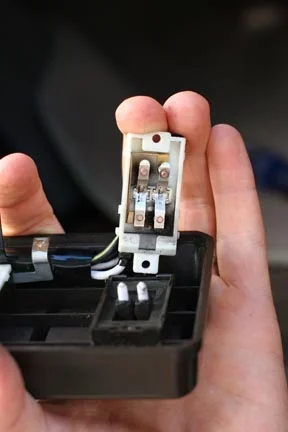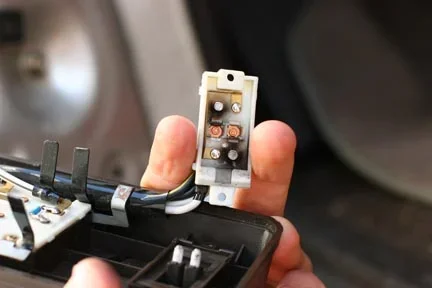Ming,
I don't think it's a stuck contact. My rationale for opening up the rear door panel is to check all the crimp connections. If, when I pull that harness apart, everything's clean, I'll turn my attention to the master switch/driver's door harness.
Baldy,
I don't really understand what you mean. Are you saying that the way I metered might be affected by the switch on the negative side? Or are you saying that if I metered with the positive on the meter to the negative on the circuit it would make a difference?
I don't think it's a stuck contact. My rationale for opening up the rear door panel is to check all the crimp connections. If, when I pull that harness apart, everything's clean, I'll turn my attention to the master switch/driver's door harness.
Baldy,
I don't really understand what you mean. Are you saying that the way I metered might be affected by the switch on the negative side? Or are you saying that if I metered with the positive on the meter to the negative on the circuit it would make a difference?

 .
.

